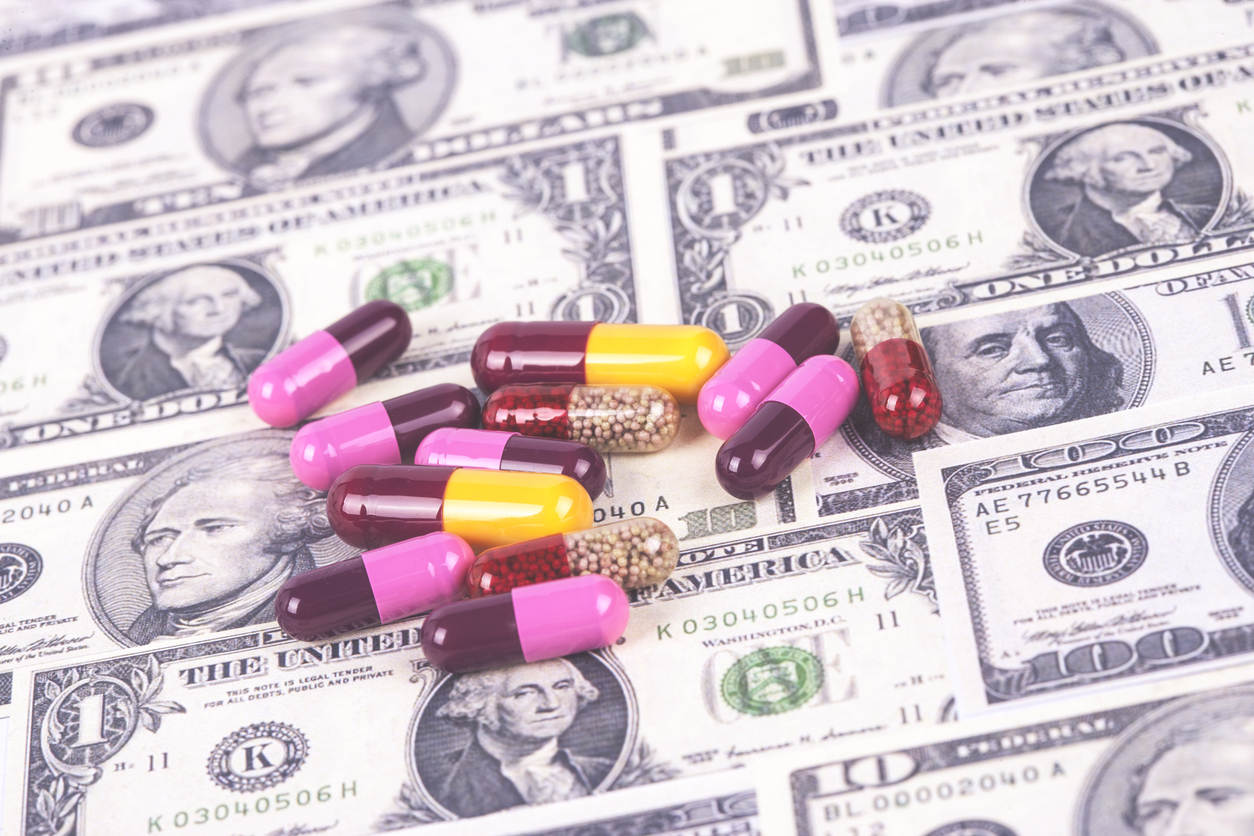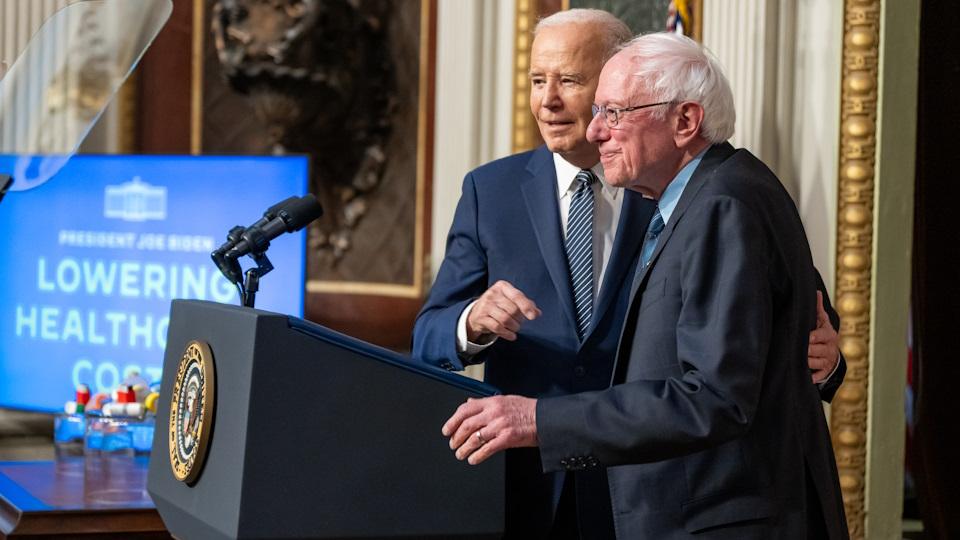Pricing, Profits and Progress: Pharma’s Post-COVID Priorities

As post-pandemic recovery begins, big pharma remains in the spotlight. Jesse Mendelsohn explores pharma's priorities on pricing, profits and progress post-Covid.
It goes without saying that if pharmaceutical companies are not profitable, they will not survive. The need for firms to make a reasonable profit is paramount in today’s world; healthy pharmaceutical research and manufacturing are the keys to ending disease, curing chronic conditions, and discovering new therapies and vaccines that address the latest medical challenges.
Nowhere has this need for healthy companies been more apparent than during the current global coronavirus pandemic, with multiple manufacturers making COVID-19 vaccines rapidly available to the public. It can be reasonably argued that the upfront research and development of vaccine technologies leveraging mRNA – which can be widely applied against a number of viruses – will be the solutions that end our current pandemic and will effectively position society to be ready for the next.
Simply put, the revenues and profits from today’s mainstream drugs fund the scientific discovery that make tomorrow’s breakthrough drugs and critical vaccines possible. Against this backdrop, there has been substantial public debate about rising drug prices forced on consumers, including the trite notion that pharmaceutical companies are being “greedy” and seeking to price-gouge the public.
The Big Misconception
The truth about rising drug prices is more nuanced and merits exploration. The fundamental misconception among the public, the media and even some lawmakers is that higher drug list prices are the result of drug manufacturers being in a monopolistic position to endlessly raise prices on critical drugs like insulin and then rake in big profits.
If pharmaceutical companies’ steady price increases are wholly due to limitless greed or thirst for revenue growth, this certainly is not proven by the actual, factual financial results for these same companies. While it is true that drug prices and pharma company revenues are going up, generating impressive cash flow, the pharma industry faces slow growth of topline revenue, lower overall profitability and financial valuations that are stuck in neutral. For drug companies, the combination of lackluster financial performance and simultaneous public and political scorn is a lose-lose proposition.
Is the Middleman at Fault?
A key reason for rising drug prices is the role of middlemen, in the form of health plans and pharmacy benefit managers (PBMs). These payers are best defined as entities that pay for or reimburse pharmacies for drugs dispensed to covered patients. In most cases, pharma manufacturers must pay health plans and PBMs in order to give their drugs preferred formulary placement – or to even have their drugs covered in these plans at all.
Manufacturers have been paying these rebates to PBMs, health plans and large employers for decades, because it gives them better access to patient populations via, for example, obtaining lower co-pays as compared to the competition. Rebate dollars are shared among pharmacy benefit managers, health plans and employers, and pharma companies must continually offer larger rebates to improve or even maintain formulary status and access to patients.
Quite often, middlemen like PBMs can earn as much revenue as a manufacturer on a given drug, and with just three major PBMs serving a majority of the market, their power is quite concentrated. The difference is, of course, that pharma manufacturers can typically spend a decade or more developing a given drug and are responsible for marketing it, while PBMs are responsible for managing claims, formularies, and overseeing discounts and rebates for drug makers – while doing little to support or drive innovation.
In the case of Eli Lilly, they reported that the list price of their Humalog (insulin) product rose from $391 to $594 from 2014 to 2018, yet the company’s net revenue (revenue after these PBM and other rebates are paid) per dose fell from $147 to $135 (per patient, per month) during the same period. The fees and rebates that Lilly was forced to pay have eaten into margin and, therefore, drove increased list prices. Yet the public experiences justifiable “sticker shock” at the steadily rising price of what is essentially a commodity drug while, after all rebates are paid, the manufacturer is making less on that same drug than they were years earlier. This is just one example of the cycle of rising drug prices created by PBM-mandated rebates.
What’s more, a recent USC study has closely associated the role of rebates to rising list prices and suggests that reducing rebates and increasing the level of transparency across the pharmaceutical distribution chain will be possible remedies for escalating prices. Further commentary from USC explains, “Understanding the relationships between list prices and rebates is important because it informs the degree to which policymaker efforts to lower drug prices should target manufacturers or other players in the system, specifically PBMs.”
Potential Public Remedies
Clearly, the cycle of rebates has something to do with increasing drug prices, and public and legislative pressure is poised to force changes to the current system.
A recent Supreme Court decision supported greater oversight and regulation of PBMs by individual states and includes provisions for enforcing contract transparency and documentation such as detailed annual reports. In addition, industry experts anticipate that the safe harbor changes for Medicare Part D rebates – effectively banning “behind the scenes” formulary-style rebates for Part D – will eventually be implemented by the federal government, although they are currently on hold. In addition to early executive action by the Biden administration, we’re expecting legislative activity by the 117th Congress. The industry itself is also responding, with a new policy agenda being advanced by PhRMA that includes endorsements for drug pricing reforms.
What’s Next: How Should Pharma Companies Respond?
In a time when profitability – along with the ability to freely spend on research and development – remains in question, pharma companies are looking for ways to respond to current market conditions.
The industry is increasingly turning to Silicon Valley technologists, instead of Washington regulators, to find new ways to optimize revenue at every point in the product lifecycle. Part of a comprehensive strategy is to focus on best practices for launching drugs into the market and then sustaining marketplace momentum through optimizing relationships with distribution channels/networks and payers. In addition, implementing systems and technologies that help optimize revenue by eliminating revenue leakage is crucial.
Companies must effectively manage rebate programs to capture as much revenue as possible while maintaining legal compliance and strive for full visibility when it comes to gross-to-net profits. Forecasting and pricing simulations are also key, as new technology solutions can help drug makers comply with policy and simplify drug delivery, payments and price negotiation by breaking down barriers and streamlining processes. Only by continuously optimizing global revenue and being prepared for ongoing price changes can a company survive in today’s turbulent pharmaceutical marketplace.
About the author
Jesse Mendelsohn is vice president at Model N. He is an experienced executive, business analyst and consultant in the realm of pharmaceutical regulatory compliance and government pricing.












